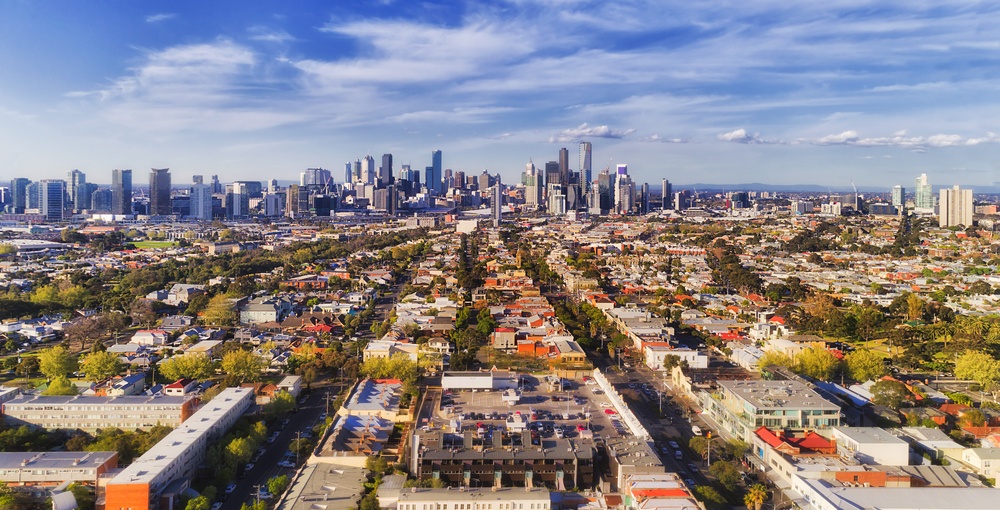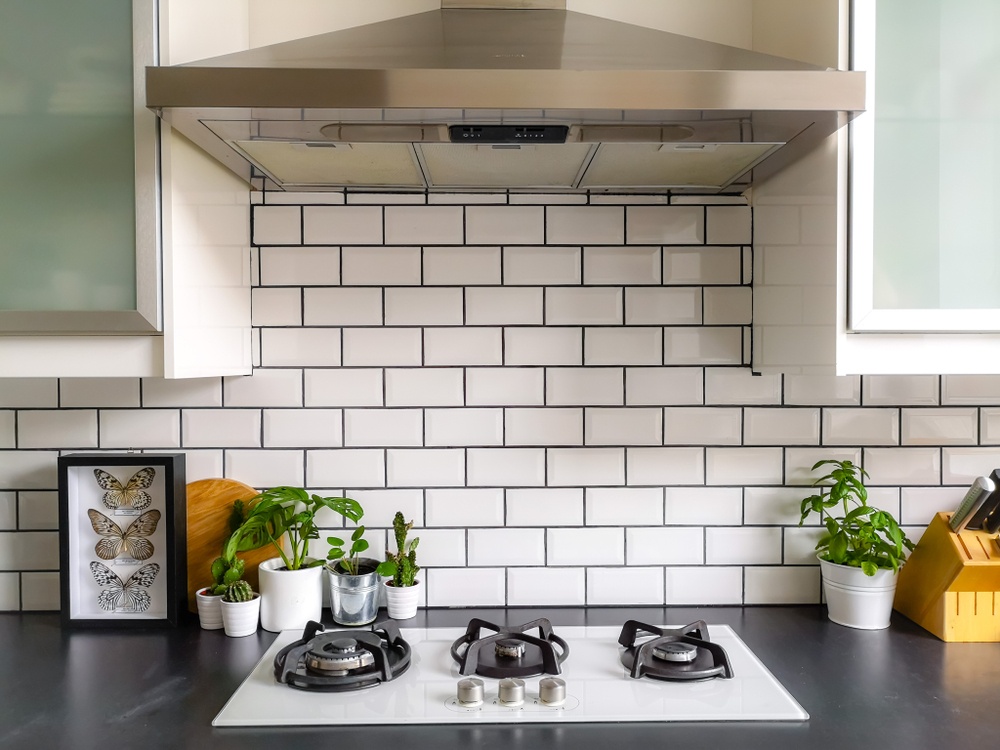The steady expansion of Australia’s capital cities and large regional city centres continues to provide prospective first-time buyers with an abundance of choices for taking the plunge into home ownership. But there’s more to consider than just location, location, location.
Although home ownership can be a lucrative investment with the potential to organically build equity, the seeming security and stability of this pursuit is still accompanied by its fair share of hidden expenses.
So where can prospective first-time home buyers expect to spend big in their first few years of home ownership? We’ll be outlining 5 hidden costs of owning a home in Australia below so that prospective buyers can make their property purchasing decisions with total confidence and clarity.
1. Insurance
If you’ve ever taken out renter’s insurance, then you may have already factored securing building and content insurance into your homebuyer’s budget. Similarly to renter’s insurance, building and content insurance can help provide cover for a range of insured events like damage or loss caused by storms, bushfires or housefires, and break-ins. Building and content insurance for homeowners can also help cover temporary accommodation fees alongside rebuilding and repair costs if your home is greatly damaged by any insured event and the property is deemed to be uninhabitable until those repairs are completed.
It’s recommended that you secure building and content insurance for your new home to commence on the day that you receive your keys. Although organising your insurance can add to the upfront costs of buying a home, doing so promptly can increase the likelihood that your home is insured for either total replacement costs or its full and total estimated value, this being the value of your property upon purchasing as well as the sum of all your assets, or the contents of your home.

2. Mortgage interest rate rises
Mortgage repayments can be subject to changes in interest rates if you’re on a variable rate home loan. Whilst variable rate home loans can provide some flexibility in the sense that your repayments have the potential to increase or decrease depending on interest rates, steep increases can still be quite debilitating, especially for single-income households.
Contrastingly, fixed rate home loans allow homeowners to lock themselves in at a fixed interest rate over a period of time. Whilst this may help families budget more effectively, there is also every likelihood that interest rates could drop after you sign yourself in at a comparatively higher fixed rate.
Most home loan providers will give homebuyers added incentives to sign up for a variable rate home loan, simply because these loans can accrue more interest. Regardless of whether you’re on a fixed or variable rate, homeowners who aren’t happy with their current home loan can easily refinance. So long as homeowners maintain strong credit ratings, they should face no issues with refinancing their home loan whenever they would like to weigh up their options.
3. Home maintenance
As renters aren’t generally obligated to foot the bill for property repairs, the real costs of home maintenance don’t become apparent until you’re a homeowner yourself. And whilst insurance may help provide cover if emergency repairs are required, most homeowners will find that routine home maintenance can still rack up quite a few bills.
Home maintenance effectively involves making appointments for plumbing, electrical, HVAC or other home appliance and systems maintenance specialists. This is on top of independent maintenance chores, like cleaning out roof gutters, clearing vents, mowing lawns, basic landscaping, and other responsibilities that may easily become part of your weekend routine as a homeowner.
The annual costs of home maintenance can fall within $8000-$10000, depending on the size of your property and the fixtures or appliances you’ll need to have serviced. This figure also factors in the costs of emergency repairs or the insurance excess associated with any covered concerns.

4. Quarterly utility bills and strata fees
Homeowners are also expected to pay quarterly electricity, water, and gas bills for their property, as well as additional utilities like broadband. Depending on your energy and water usage, you may find that your utility bills as a homeowner aren’t too different from those of your tenant days. The issue is that with all the additional costs associated with home ownership, the cost of your utility bills can start to feel a bit like the icing on the cake.
And your utility bills won’t be the only quarterly payments you may have to make. If you own a strata title, then you’ll also have to pay quarterly strata levies, otherwise known as body corporate fees. These fees are designed to provide your strata managers with funding to maintain and repair common property within a shared complex, these being shared amenities like driveways, garden beds, and if you’re living in a luxury apartment complex, facilities like car parks, gymnasiums and pools.
Strata fees can cost anywhere from $1000 - $4000 per annum, depending on the size of your complex. Additional special levies may also be required if your complex ever needs emergency repairs due to unforeseen circumstances.
5. Council rates
On top of quarterly strata levies and quarterly/monthly utility bills, homeowners must also pay council rates. Council rates are calculated based on your local council’s annual budget and the estimated rates revenue they require, as well as the value of your property. The agreed upon rates revenue that your council developed when establishing their annual budget is then divided by the combined value of all rateable properties within the district to generate the rate in the dollar for your council. The rate in the dollar is then multiplied by the value of your property in order to calculate your council rates.
Calculating council rates using this method allows for residents who own properties of a lower value to pay lower than average rates, ensuring that the rate collection system stays equitable. On average, Aussie homeowners can expect to pay an average of $1000-$1200 in council rates per annum, depending on the value of their property, the size of their local council district, and other relevant factors.
~
As you can see, home ownership can naturally be accompanied by additional costs, including the costs of furnishing your home, and even land tax if you’re looking to purchase investment properties.
If you are a long-time renter who’s looking to make the plunge into home ownership, maintaining a strong understanding of these ongoing costs can help you determine whether you can afford all the fiscal responsibilities that come with owning your own home.
Be sure to consult with financial specialists like your mortgage broker, personal accountant, and licensed financial planners if you’d like more assistance and information in the lead-up to budgeting for the purchase of your first home.
Publisher Website: https://www.racv.com.au/